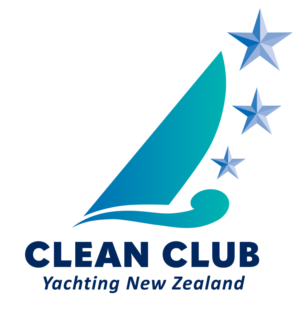Filling up our tanks is the most common way that we unintentionally pollute our waters – even a tiny spill is toxic to our waterways, harming both animals and plants. The cost to prevent a fuel spill is significantly less than the cost to clean it up; so a little planning goes a long way toward keeping our environment clean.
For safe fuelling procedures, follow these steps:
Before:
- Check fuel lines and tanks for any cracks, signs of corrosion or damage, and leaks.
- Know the capacity of your fuel tanks or portable container, and how much fuel you need.
- Have absorbent bib, and a spill kit on hand to catch any potential drips or spills.
- Consider installing an inline fuel/air separator that will prevent excess fuel from leaking out the tank vent by releasing air and containing any overflow.
During:
- Place an absorbent bib around fuel intake or a collar around the fuel nozzle to catch drips or any overflow.
- Position yourself so you can see the deck fill and comfortably hold nozzle in contact with the edge of the fill.
- Fill tank slowly and listen for a change in tone as it gets full. The U.S. Coast Guard recommends filling inboard tanks to 90% capacity to allow for expansion due to heat. Boat fuel tanks are not pressurized like car fuel tanks, so the pump automatic shut-off nozzle rarely works.
After:
- Wipe up any accidental spills and dispose of rags/absorbent fuel bib/collar as hazardous waste.

